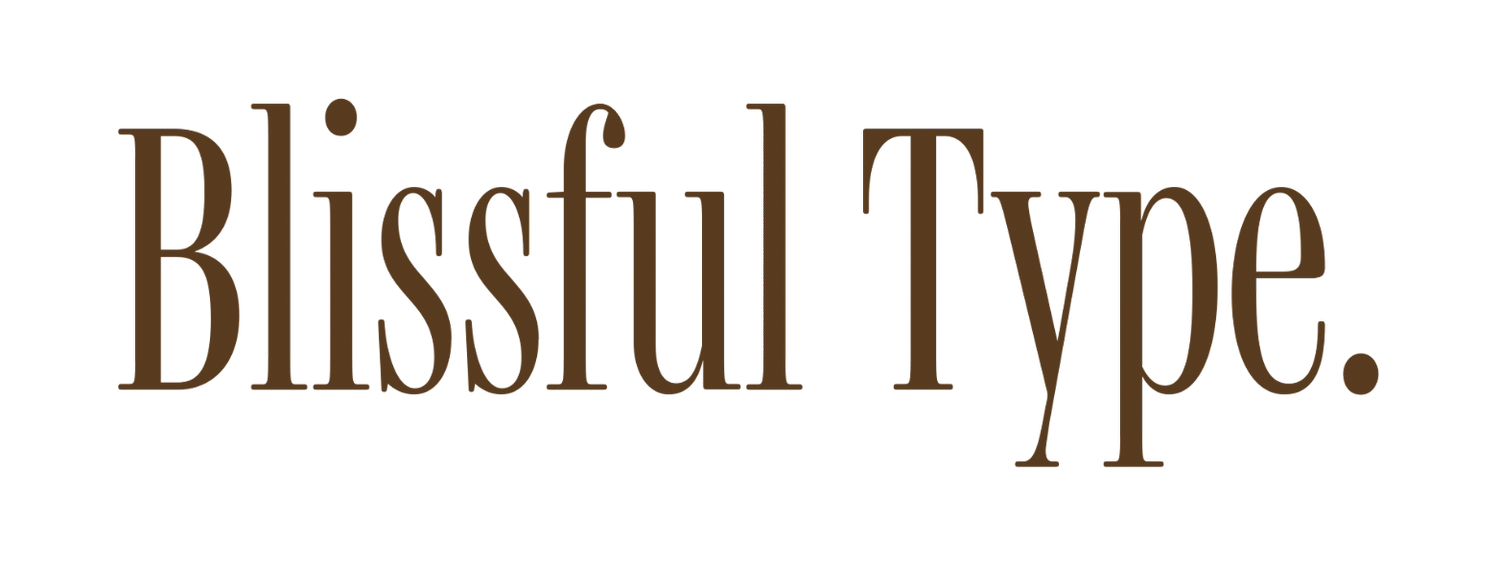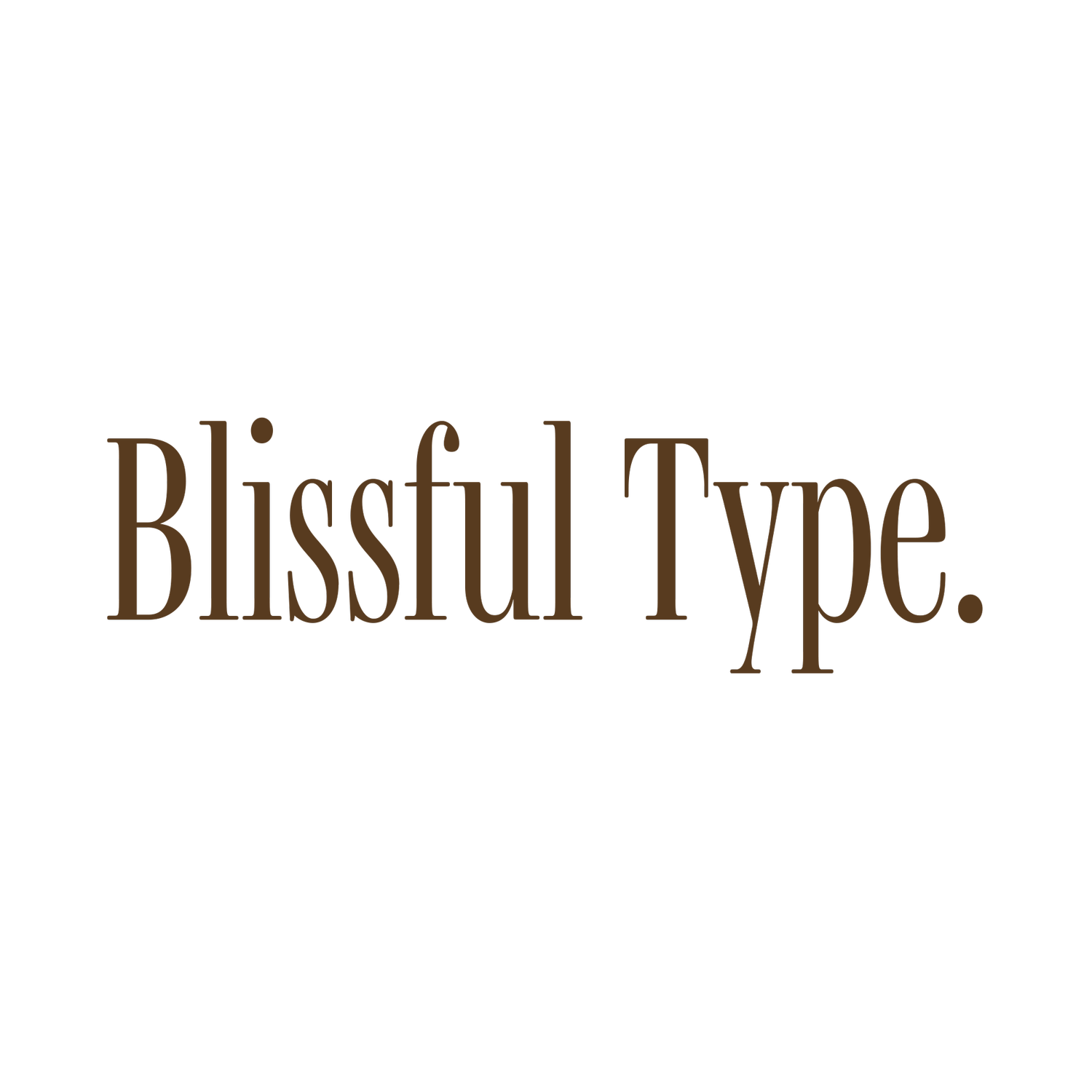The Best Self-Care Tools for Women: Practical Strategies, Products & Guided Support
If you've ever Googled "best self-care tools" and ended up overwhelmed by bath bombs, face masks, and lists that feel more like chores than care, you're not alone. Real self-care goes deeper. It's not just about what looks good on Instagram- it's about what genuinely helps you reset, recharge, and thrive. Whether you’re new to intentional living or looking to deepen your current practice, this guide will walk you through the best self-care tools (and how to use them) to support your mental wellbeing, build clarity, and that will actually stick.
We’ll explore:
What works (and doesn’t) in the world of self-help
Practical worksheets and ideas to get you started
How to build a personalised self-care box
Product recommendations by your current mood or need
The self-care tools women actually use consistently
Let’s begin.
Why Self-Care Tools Matter
Self-care tools give structure to your routines and rituals. They make it easier to create consistent, supportive habits without having to overthink them. Think of them as anchors: simple, tangible items or practices that ground you in your intention to show up for yourself.
This goes beyond bubble baths. Real self-care helps you:
Manage stress and overwhelm
Stay grounded through life transitions
Improve emotional regulation
Build confidence and self-trust
Reconnect with what makes you feel like you
To build a self-care practice that sticks, you need more than just tools- you need strategy. Let’s explore those next.
What Are 5 Self-Care Strategies?
These five foundational self-care strategies help you set up habits that feel sustainable and nourishing, not like another thing on your list.
Create a Morning or Evening Anchor Routine
Small rituals done consistently (like 10 mins of journaling or stretching) help set the tone for your day or night.Build Self-Awareness with Reflection
Use guided self-help tools like journals or prompts to check in with how you're really feeling- not just what your to-do list says.Practice Gentle Boundaries
Learning to say no (or "not right now") is a powerful form of self-care. Identify what drains you, and protect your energy accordingly.Prioritise Rest and Restoration
Schedule in recovery time like you would an important meeting. Rest isn’t earned- it’s essential.Romanticise the Everyday
Light a candle, put music on, slow down your morning coffee. Intentional micro-moments create a feeling of peace and presence.
These strategies are the mindset shift.
Next, let’s talk about how to support them.
Guided Self-Help vs. No Self-Help: What Actually Works?
The wellness world is full of conflicting advice. "Self-help" gets a bad rap because some tools feel too fluffy or self-indulgent, while others are too rigid and overwhelming. Let’s break down what actually works:
No Self-Help usually looks like avoidance or assuming you should just “push through”. Spoiler: this leads to burnout.
Self-Help often involves trial and error: you try new habits, tools, or routines but may not always know how to use them effectively.
Guided Self-Help offers structure and support. It can include workbooks, planners, or even coaching. These frameworks help you explore deeper topics (like confidence or burnout) without the pressure of figuring it out alone.
The sweet spot? Tools that combine structure with softness—offering direction without rigidity.
If that sounds like your style, let’s build out some tools and exercises.
Practical Self-Care Exercises: Worksheets and Reset Rituals
If you're someone who needs a mix of inspiration and structure, these worksheets and ideas are your go-to for exploring your own version of care.
10 Self-Care Worksheets You Can Try:
Energy Audit – What drains vs. what fuels you
Boundaries Tracker – What you said yes/no to this week
Habit Builder Grid – Track micro-habits (like water, stretching, screen-free time)
Mood Mapping – Connect habits to mood shifts
Trigger + Soothing Map – Understand what sends you into stress and how to recover
Self-Compassion Letter – Write to yourself like you would a best friend
Values Check-In – Are you living in line with what matters?
Gratitude List With a Twist – Add why you’re grateful
Weekly Reset Plan – One page for reflection, one for intention
My Ideal Routine Template – Visualise your dream morning/evening
12 Self-Care Ideas That Feel Like a Treat and a Reset:
Light incense and journal to lo-fi music
Have a solo coffee date with your book
Curate a monthly reset ritual (new candle, playlist, reflection)
Book a day off with no social plans
Try a new hobby for 30 minutes
Take a long walk without your phone
Do a DIY facial or skincare ritual
Buy yourself fresh flowers
Have a night with no screens
Make a voice note of a pep talk to replay when needed
Create a vision board corner in your home
Do a quarterly self-audit
These worksheets and rituals are perfect companions to a thoughtful, well-built self-care box—which is what we’ll walk through next.
Creating a Self-Care Box That Actually Supports You
A self-care box can be the ultimate reset ritual- if it’s built with intention. Whether you're gifting it to yourself or someone else, here’s how to create one that feels good and does good.
Step 1: Pick a Theme
Peace & Calm
Motivation & Clarity
Joy & Romanticising Life
Confidence & Growth
Step 2: Include Tools for the Mind, Body, and Senses
Mind: Guided journals, reflective cards, or prompt sheets
Body: Restful teas, aromatherapy, soft socks, sleep mask
Senses: Aesthetic matches, incense, candle, room spray
Step 3: Add a Ritual Card
Write a simple 3-step ritual to use the box intentionally- e.g., "Light the candle, open your journal, reflect for 10 mins."
Want to go a step further? Let’s personalise your tools even more.
The Best Self-Care Products for Mental Wellbeing and Clarity (By Need)
Instead of a one-size-fits-all list, here are product ideas based on your current season or struggle:
If You Need Peace:
Lavender incense or pillow spray
Self-care guided journal with prompts
Calm music playlists or sound bath audios
If You Need Clarity:
Weekly planner or intention-setting notepad
Mind dump journal
Quartz or grounding stone to hold during decision-making
If You Need Energy:
Citrus or peppermint essential oils
Morning ritual candle
Playlist card (create one that boosts your mood)
If You Need Confidence:
Thrive Journal (focuses on self-worth + goals)
Mirror affirmation stickers
Small wins tracker
If You Need Motivation:
Vision board kit
Coaching-style prompt deck
Habit stacking pad
These are the building blocks. But which tools actually stick?
The Best Self-Care Tools for Women (That You’ll Actually Use)
Let’s wrap this up with the real ones. These are the best self-care tools that get used, not just admired on your shelf:
1. A Guided Journal That Doesn’t Judge
Look for one that mixes reflection and action (like Blissful Type’s Thrive Journal).
2. Planner or Tracker That Works with Your Brain
Daily layout not working for you? Try a weekly planner pad or visual habit grid instead.
3. Intentional Cards or Prompts
Perfect for quick self-reflection or gentle daily mindset shifts.
4. Candle or Room Spray Linked to a Ritual
When you light it, your brain knows: it's reset time.
5. A Toolkit That Lives Where You Need It
Think: a mini box by your bed, your desk, or in your bag. Tools only work when they’re accessible.
Self-Care Isn’t Extra, It’s Essential
When used with intention, self-care tools don’t just make your life prettier- they make it more liveable. They remind you that you’re worth showing up for, even on the messy days. Whether you’re in a season of rebuilding, thriving, or simply trying to get through the week, these tools can meet you where you are.
Try starting with one. Add a ritual. Build from there. You don’t need to have it all together to begin. You just need to begin.
Want more? Stay tuned for our free downloadable worksheets, ritual guides, and printable self-care templates- or explore Blissful Type’s intentional self-care tools today.



